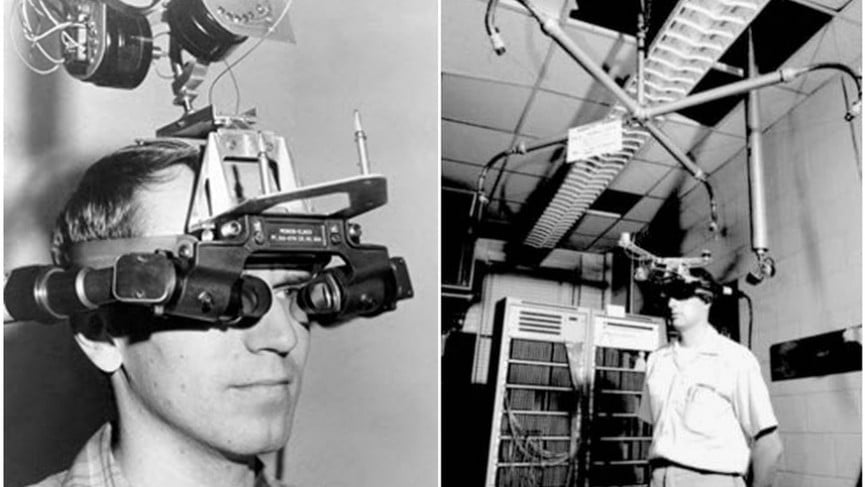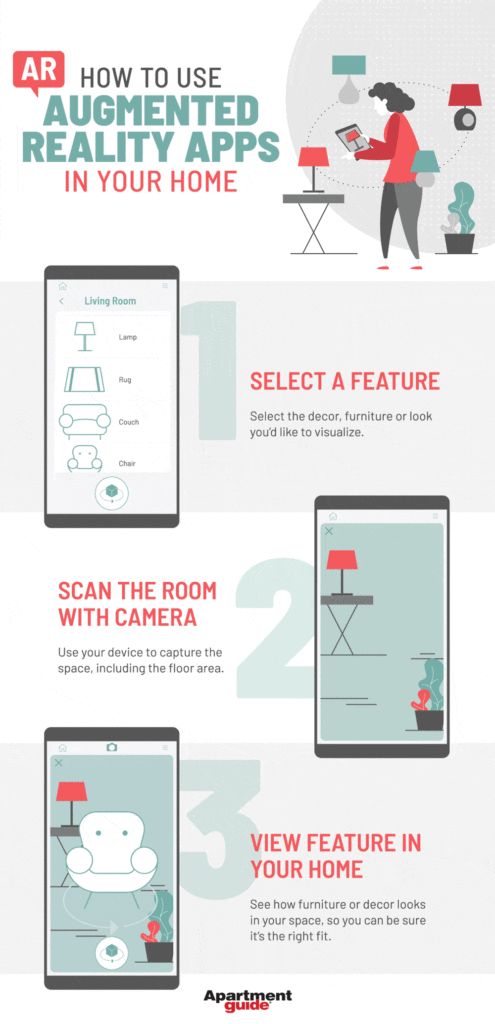Augmented Reality (AR) has become a buzzword in the tech industry today. From gaming to advertising, education to healthcare, AR has found its way into various sectors. But when was it first invented? Who came up with the concept of merging the real world with digital elements? The answer to these questions is not straightforward, as the development of AR has taken place over several decades, with numerous researchers and inventors contributing to its evolution.
The earliest concept of AR can be traced back to the 1960s, when Ivan Sutherland, a computer scientist, came up with the idea of a head-mounted display that could overlay computer-generated graphics onto the real world. However, the technology of that time was not advanced enough to turn this vision into a reality. It was not until the 1990s that researchers started to explore the possibilities of AR, and the term “augmented reality” was coined by Tom Caudell and David Mizell in 1992. Since then, the development of AR has been accelerating, and today we have various AR applications that are transforming the way we interact with the world. Let’s dive deeper into the history of AR and the key milestones that led to its invention.

When Was Augmented Reality Invented?
Augmented Reality (AR) is a technology that allows digital content to be overlaid onto the real world environment. It has been used in a variety of applications, such as gaming, engineering, and medical fields. While the concept of AR has been around since the 1960s, its modern application and widespread usage has only been developed in the last decade.
The Concept of Augmented Reality
The concept of Augmented Reality was first proposed in the 1960s by the computer scientist Ivan Sutherland. In his paper from 1968, Sutherland described how a computer could be used to generate a 3-dimensional landscape with objects. He envisioned a system where a user could move around the virtual world and interact with the objects in it. This concept laid the foundation for the modern-day applications of AR.
In the 1990s, advances in technology allowed for the development of more complex AR systems. This included the introduction of head-mounted displays, which allowed users to experience a virtual environment in a more immersive way. The development of mobile devices with powerful processors and cameras also allowed for the development of more advanced applications of AR.
The Popularization of Augmented Reality
The popularization of Augmented Reality began in 2009, with the launch of the iPhone 3Gs. This device was the first to come with a built-in gyroscope, which allowed for the accurate tracking of a user’s position. This enabled the development of applications such as Layar, which allowed users to view digital content overlaid onto their physical environment.
The release of Google Glass in 2013 further increased the popularity of AR. This device allowed users to view digital content overlaid onto the real world environment through a pair of glasses. This device was the first to be widely used in consumer applications, such as gaming and navigation. This led to a surge of interest in AR from the tech industry, and it is now being used in a variety of applications, from retail to healthcare.
The popularity of AR has continued to grow in recent years, with the development of more powerful and accessible devices. Companies such as Apple and Microsoft are investing heavily in the technology, and it is expected to become even more widespread as the technology continues to evolve.
Frequently Asked Questions
Augmented reality is a technology that superimposes digital content on top of a person’s real-world environment. It has become increasingly popular in recent years and is used in various industries, from gaming and entertainment to healthcare and education. Here are some frequently asked questions about when augmented reality was invented.
When was Augmented Reality Invented?
The concept of augmented reality was first proposed in the early 1990s, but the technology didn’t become popular until the late 2000s. The first commercially available augmented reality device was the ARToolKit, which was released in 2001. The ARToolKit was a computer vision library that enabled developers to create augmented reality applications for the first time.
Since then, augmented reality technology has evolved rapidly. There are now a variety of mobile applications and hardware devices that use augmented reality. Smartphones, for example, are equipped with cameras and sensors that allow users to access AR features such as augmented reality games and augmented reality navigation. The possibilities for augmented reality are seemingly endless and the technology is continuing to improve and expand.
In conclusion, augmented reality has come a long way since its inception in the 1960s. From its early days as a concept in science fiction to its current widespread use in fields such as gaming, education, and healthcare, this technology has the potential to revolutionize the way we interact with the world around us. As we continue to push the boundaries of what is possible with augmented reality, it is exciting to think about the possibilities that the future holds.
Despite its relatively recent rise to prominence, augmented reality has already proven itself to be a valuable tool for enhancing our understanding of the world. As we continue to develop new applications and uses for this technology, it is clear that it will play an increasingly important role in fields ranging from entertainment to medicine. Whether we are using it to explore new worlds or to better understand our own, augmented reality promises to be one of the defining technologies of the 21st century, and one that will shape our lives in countless ways for years to come.


